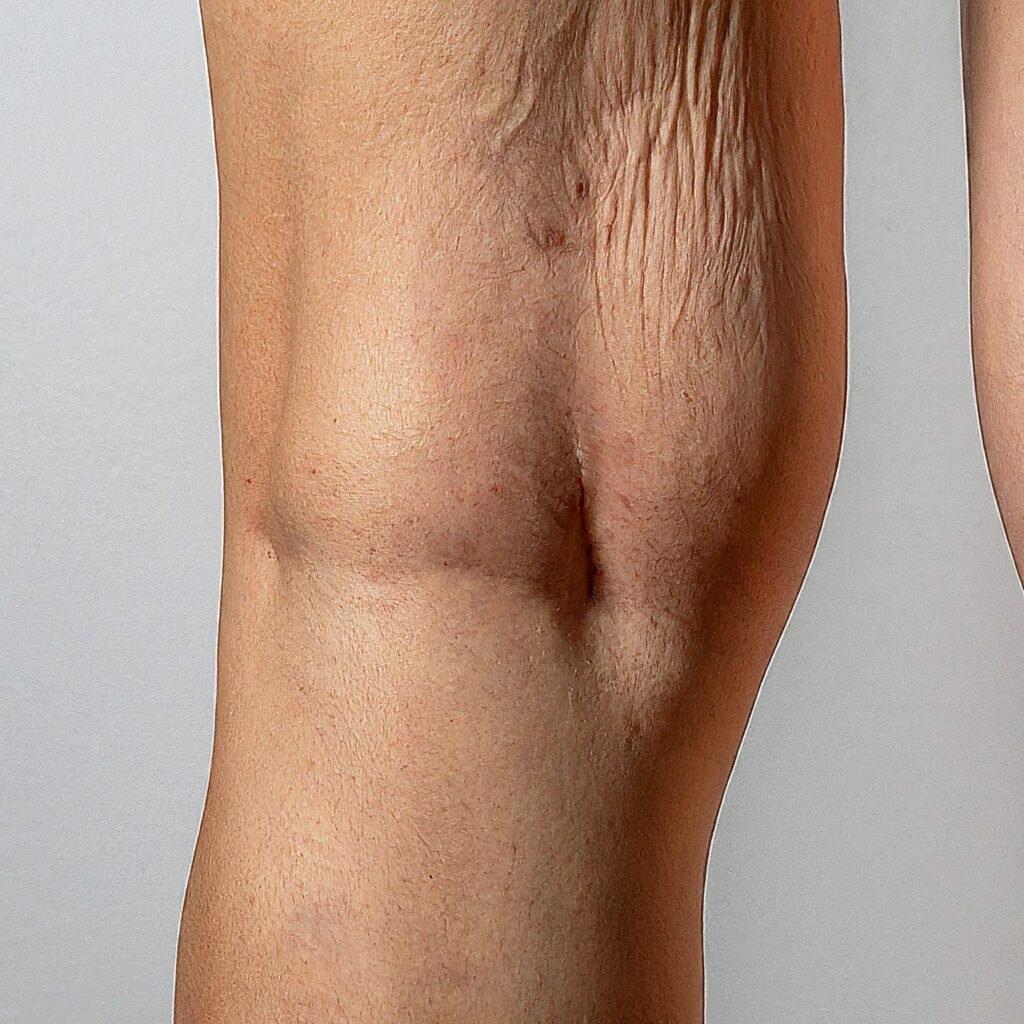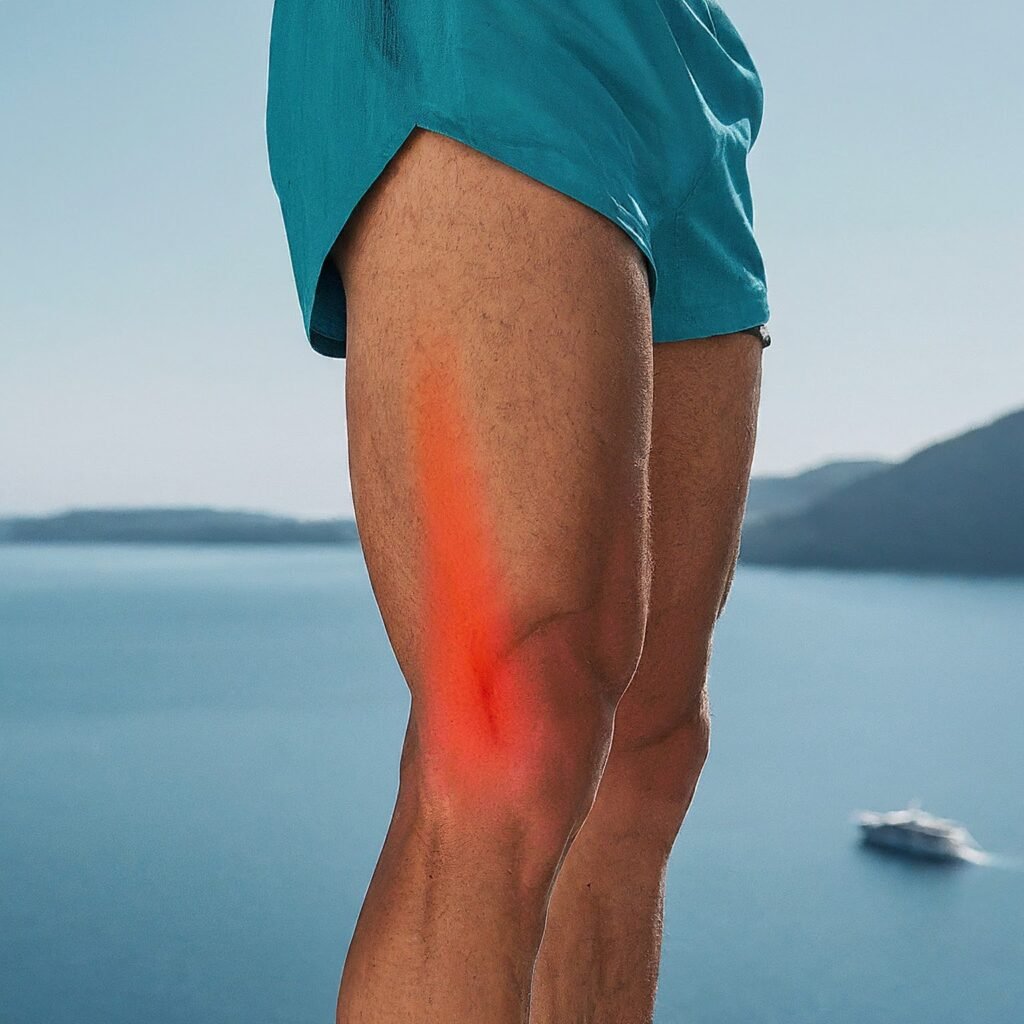Understanding Upper Knee Pain:(knee pain location chart)
Why Location Matters:

knee pain location chart: When it comes to knee pain, pinpointing the exact area of discomfort is like solving a puzzle. Each location provides valuable clues about the underlying cause. Let’s explore why understanding upper knee pain is crucial:
Common Causes:
Quadriceps Tendinitis: This occurs when the quadriceps tendon (connecting the thigh muscles to the kneecap) becomes inflamed. It often results from overuse or sudden intense activity.
Hamstring Tendinitis: Similar to quadriceps tendinitis, this condition affects the hamstring tendon at the back of the thigh.
Knee Arthritis: Osteoarthritis or rheumatoid arthritis can lead to pain in the upper knee joint.
Bursitis: Bursae are fluid-filled sacs that cushion the knee joint. Inflammation of these bursae causes discomfort.
Practical Tips for Relief:
Rest and Ice: Give your knee a break and apply ice to reduce inflammation.
Elevate: Prop up your leg to minimize swelling.
Compression: Use a knee brace or bandage to provide support.
Stretching and Strengthening: Gentle stretches and exercises can alleviate pain and prevent recurrence.

Decoding Patellar Pain: (knee pain location chart)
Pain at the Kneecap (Patella)
The kneecap, or patella, plays a crucial role in knee movement. It glides along the groove at the front of the thigh bone (femur) during activities like walking, running, and climbing stairs. When patellar pain strikes, it can be quite disruptive. Here’s what you need to know:
Conditions Associated with Patellar Pain:
Patellofemoral Syndrome (PFS): This condition involves irritation of the patella’s under-surface due to poor alignment or muscle imbalances. Imagine the patella rubbing against the femur like a misaligned train on its tracks.
Chondromalacia Patellae: The cartilage under the patella softens, causing discomfort, especially during activities that involve bending the knee.
Patellar Instability: Sometimes, the patella slips out of its groove, leading to sudden pain and instability.
Practical Tips for Relief:(knee pain location chart)
Quad Strengthening: Strengthening the quadriceps muscles helps stabilize the patella. Simple exercises like leg raises and squats can make a difference.
Patellar Taping: Applying tape or a patellar strap can provide support and reduce pain during movement.
Avoid Overuse: High-impact activities can exacerbate patellar pain. Consider low-impact exercises like swimming or cycling.
Footwear Matters: Properly fitted shoes with good arch support can ease patellar stress.

Inner Knee Discomfort:(knee pain location chart)
Pain on the Inner Side of the Knee (Medial Pain):
The inner side of your knee—where the MCL (medial collateral ligament) resides—can be a source of discomfort. Understanding this area is essential for effective management:
Common Causes of Medial Knee Pain:
MCL Injuries: The MCL connects the thigh bone (femur) to the shin bone (tibia) on the inner side of the knee. Sprains or tears in this ligament can lead to pain.
Meniscus-Related Pain: The menisci are C-shaped cartilage pads that cushion the knee joint. Tears or degeneration of the meniscus can cause inner knee discomfort.
Practical Tips for Relief:
Rest and Protect: Give your knee time to heal. Avoid activities that strain the MCL.
Ice and Compression: Apply ice to reduce swelling, and consider using a compression bandage.
Gentle Range-of-Motion Exercises: Gradually introduce knee movements to maintain flexibility.
Psychological Support: Coping with knee pain involves emotional well-being. Seek support from friends, family, or a therapist.

Outer Knee Troubles:
Lateral Pain (Outer Side of the Knee):
The outer side of your knee—where the lateral collateral ligament (LCL) resides—can be a source of discomfort. Understanding this area helps you navigate knee pain effectively:
Conditions Associated with Lateral Knee Pain:
LCL Injuries: The LCL runs along the outer side of the knee, connecting the thigh bone (femur) to the shin bone (fibula). Sprains or tears in this ligament cause lateral pain.
IT Band Syndrome: The iliotibial (IT) band, a thick band of tissue, can become tight and inflamed. Runners often experience IT band pain on the outer knee.
Lateral Meniscus Tears: Damage to the meniscus on the outer edge of the knee can lead to discomfort.
Practical Tips for Relief:
Rest and Modify Activities: Give your knee a break from activities that strain the LCL or IT band.
Stretch the IT Band: Gentle stretches can alleviate tension. Imagine unrolling a tight rubber band.
Strengthen the Hip Muscles: Strong hip muscles help stabilize the knee. Clamshell exercises are effective.
Nutrition Matters: Omega-3 fatty acids and anti-inflammatory foods support joint health.

Behind-the-Knee Issues
When you experience discomfort at the back of your knee, it’s essential to pay attention. Here’s what you need to know:
Baker’s Cysts:

Imagine a small fluid-filled sac behind your knee, like a hidden bubble. That’s a Baker’s cyst (also known as a popliteal cyst).
How Does It Feel? You might notice a bulge and a feeling of tightness.
Hamstring Strains:

The hamstring muscles run down the back of your thigh, allowing you to bend your knee. When these muscles get stretched too far, it’s called a pulled hamstring or a hamstring strain.
Symptoms: Sudden pain, swelling, and sometimes bruising at the back of your knee.
Popliteus Tendonitis:

The popliteus muscle helps stabilize your knee joint. When it gets irritated or inflamed, you experience popliteus tendonitis.
What to Expect? Pain behind the knee, especially when straightening or bending the knee.
for more health related knowledge visit the home page.
for pain relieve try these medicines.


